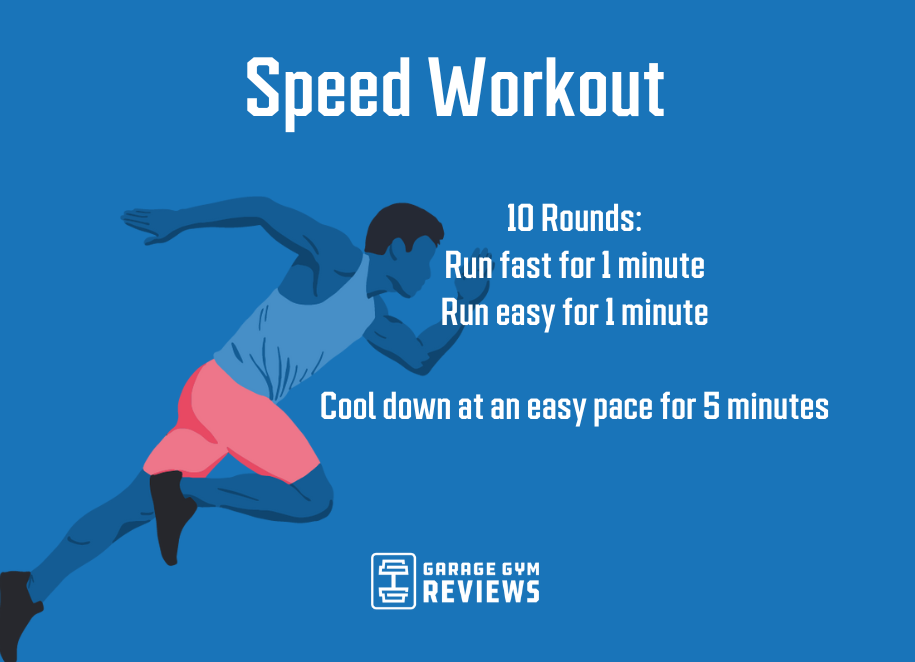Master Your Running Workout: Reliable Strategies for Success
Master Your Running Workout: Reliable Strategies for Success
Blog Article
The Ultimate Guide to Dealing With Discomfort When Running
For joggers, experiencing discomfort during runs is not uncommon, and recognizing just how to successfully take care of and prevent it can make a significant difference in your overall performance and pleasure of the sporting activity. Whether you are a seasoned marathoner or just starting your running trip, understanding the different kinds of pain that can arise and the approaches to resolve them is important. From pre-run workout regimens to appropriate footwear choice, there are countless factors to consider when it pertains to dealing with discomfort while running. This thorough guide will furnish you with the expertise and tools needed to browse via the discomfort and encourage you to achieve your running objectives with higher ease.

Comprehending Different Types of Running Discomfort
When running, it is vital to differentiate between various kinds of pain to stop injuries and make the most of efficiency (Read More). One typical type of discomfort that joggers might experience is muscle mass discomfort, which usually occurs from the stress placed on muscles throughout exercise. This sort of discomfort is usually a typical component of the running process and can be taken care of via appropriate warm-up, cool-down, and extending regimens
Another kind of discomfort to be knowledgeable about is joint discomfort. Joint pain can suggest concerns such as overuse, improper type, or underlying conditions like arthritis. Disregarding joint pain can bring about more serious injuries, so it is vital to address any kind of discomfort promptly and perhaps seek expert recommendations.
Additionally, sharp or stabbing discomforts need to not be disregarded. These kinds of discomfort can signal acute injuries such as stress, strains, or stress fractures - running workout. Proceeding to go through these sorts of pain can intensify the injury and extend recuperation time

Pre-Run Warm-Up and Extending Regular
To prepare the body for a running session, implementing an efficient pre-run warm-up and stretching routine is necessary. A correct workout aids increase blood flow to the muscles, improves flexibility, and decreases the danger of injury during the run. Begin with dynamic stretches like leg swings, arm circles, and high knees to slowly increase your heart rate and chill out the muscle mass. Dynamic stretching helps resemble the activities you'll be doing while running, preparing your body for the task ahead. Follow this with static stretches concentrating on significant muscular tissue teams such as the hamstrings, quadriceps, calves, and glutes. Hold each stretch for about 15-30 secs without bouncing to promote muscle mass leisure and flexibility. Remember to pay attention to your body and readjust the strength of your warm-up based on your fitness level and any kind of pre-existing problems. By including a constant pre-run warm-up and stretching regular right into your running program, you can enhance performance and decrease the threat of discomfort or injury.
Correct Footwear Option and Fit
Picking proper footwear that fits well is crucial for joggers to avoid pain and minimize the risk of injuries. Uncomfortable shoes can bring about blisters, black nails, shin splints, and other uncomfortable conditions that can hinder performance and sideline training. When selecting operating footwear, it is important to think about aspects such as foot type, running gait, arch support, padding, and shoe dimension. running workout. Visiting a specialty running store for a stride evaluation and professional fitting can aid ensure that you pick the right shoes for your specific requirements. Running footwear must give adequate assistance and stability while additionally fitting and lightweight. Additionally, it is suggested to change your running shoes every 300-500 miles to preserve appropriate padding and assistance. Buying top quality shoes that is proper for your running design and foot anatomy is an aggressive step in the direction of avoiding discomfort and injuries throughout your runs.
Nutrition and Hydration Tips for Discomfort Prevention
:max_bytes(150000):strip_icc()/effective-30-minute-running-workouts-2911891-0927-70272e09ac83449cadb9f1ce51656c0c.jpg)
Hydration is just as important for joggers to avoid aches, dehydration, and various other discomforts that can result in discomfort throughout running. It is recommended to consume an ample amount of water throughout the day and particularly in the past, during, and after running sessions. Electrolyte-rich drinks or sporting activities drinks can also be advantageous for restoring lost minerals and preserving correct fluid balance. running strategy (Read More). By prioritizing nourishment and hydration, runners can boost their performance, decrease pain, and appreciate a much more comfy running experience.
Post-Run Recovery Techniques to Alleviate Discomfort
Executing reliable recovery methods is crucial for minimizing discomfort and promoting muscle mass recuperation after running sessions. One key post-run healing technique is stretching. Integrating fixed go for major muscle mass teams can help in reducing muscle mass stress and pain. Foam rolling is an additional advantageous method to launch muscular tissue rigidity and boost blood flow to the muscles, helping in quicker healing. In addition, topping aching areas for 15-20 minutes can help in reducing swelling and numb pain post-run.
Taking in a well balanced treat or dish that consists of protein and carbohydrates within 30 mins of completing a run can help repair muscle cells and renew energy shops. By integrating these post-run healing methods into your routine, you can effectively take care of pain and enhance your running performance.
Final Thought
In conclusion, resolving different kinds of running pain with appropriate warm-up, extending, footwear selection, nourishment, hydration, and post-run healing techniques is important for discomfort prevention and management. By understanding the reasons of pain and implementing these approaches, runners can minimize pain and potential injuries. It is crucial to focus on general physical health and wellness to guarantee an effective and pleasurable running experience.
Report this page